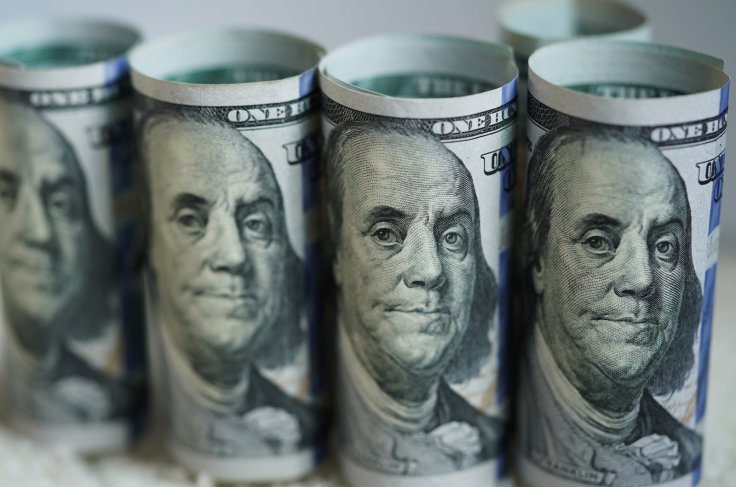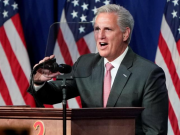The dollar index held on the latest gains on Wednesday and the euro reached a nine-day low, as global equity markets stayed cautious in light of the falling hopes for a coronavirus or COVID-19 vaccine or the US fiscal stimulus.
The rally in the global equities began out of steam on Tuesday and the risk appetite witnessed suffering, with the dollar index facing its greatest daily jump in three weeks.
Johnson & said it was pausing a clinical trial of a coronavirus vaccine and Eli Lilly and Co also said it had paused a clinical trial of antibody treatment. British drugmaker AstraZeneca Plc's U.S. trial for a vaccine has been on hold for over a month.
Dollar Index Holds on Gains

Most major currency pairs saw only small moves on Wednesday. The pound was the biggest mover in early London trading, falling as low as $1.2865 as hopes dimmed for a Brexit agreement, before recovering to $1.2950. The dollar index was at 93.554 at 1045 GMT, flat on the day, having briefly risen and exceeded the previous session's high of 93.599. Euro zone industrial production data showed the rate of recovery slowed sharply in August, in line with expectations.
"The small gain in August leaves us with the impression that the first months of rapid recovery from the lockdown period are behind us," wrote Bert Colijn, a senior economist at ING. "With rebound effects fading, second waves emerging and restrictive measures becoming more intrusive for business, there is no doubt that the rosy figures related to the rebound from the first lockdown are a thing from the past," he added.
At 1046 GMT, the euro-dollar was down 0.1 percent on the day, at 1.17360. Hopes for a new coronavirus relief package in the United States faded. The Senate is due to vote next week on a targeted $500 billion aid bill of the type that Democrats have already rejected.
Kit Juckes, head of FX strategy at Societe Generale, said that the market was characterized by "ennui" and "angst", in the absence of a clear driver before the U.S. elections. But markets still expect that a victory for Democrat Joe Biden in the U.S. presidential elections will result in more fiscal stimulus.
Australian Dollar up by 0.1%
"The assumption of Biden legislating a large fiscal stimulus package will continue to limit fallout in the markets from the lack of near-term fiscal stimulus," wrote MUFG strategist Derek Halpenny. The yen and Swiss franc both rose around 0.1 percent versus the dollar. But there were still some signs of risk appetite, as the Australian and New Zealand dollars edged up.
The Australian dollar was up 0.1 percent on the day at 0.71690 versus the U.S. dollar at 1053 GMT, and the New Zealand dollar rose 0.3 percent to 0.6663 . "Both Australian and New Zealand dollars, when you look at how well the Chinese economy's doing, fundamentally, I think they're both in good shape, in the medium term," Societe Generale's Juckes said.
China's third-quarter gross domestic product growth is expected to improve from the previous quarter, a People's Bank of China official said. The Norwegian crown was up around 0.2 percent against the dollar, at 9.234 . The International Monetary Fund gave a slightly improved forecast for the hit to global growth in 2020, but lowered their forecasts for many emerging markets.
(With agency inputs)









